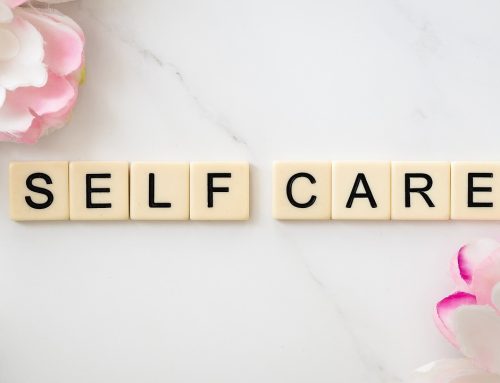By Elizabeth Cohen, CNN
For five days, Alexis Moore carefully planned how she would take her own life. She’s not a violent person, so she knew handguns were out. She settled on vodka instead, to be followed by a bottle of Xanax.
She did it methodically. First, she says she drank the vodka for two hours. Then she lined up the 20 pills on the kitchen counter, taking a few at a time, going to her bedroom to cry and then coming back for more Xanax.
After about six pills, just when she was beginning to feel woozy and lethargic, Moore heard a knock on the door and someone calling her name. She ignored him, even though she recognized the voice as someone she’d meet three days before at a business event. Then the man came around and banged on her bedroom window. She got up off the bed where she’d been sobbing and let him in.
They sat down in her living room. She talked. He listened. By the end of the evening, she decided not to take her life. In the five years since, she’s never tried to commit suicide again.
“If it weren’t for Ed (Ed isn’t his real name; she’d prefer he remain anonymous), I’d be dead now,” says Moore, 35, a second-year law student in Sacramento, California.
Some stories end tragically. On Monday, a funeral was held for Michael Bryan, the 18-year-old son of singer Marie Osmond. Police in Los Angeles classified his death as a suicide.
Nationally, 91 people commit suicide every day, according to the most recent data from the American Association of Suicidology.
If you know someone who seems depressed or desperate, the first step is get professional help, therapists say. If you see someone in immediate need, call 911. The National Suicide Prevention Lifeline is another place to turn, and the AAS has a list of other resources when someone is suicidal.
To continue readling follow this link:
http://www.cnn.com/2010/HEALTH/03/11/save.friend.suicide/index.html?hpt=C2
Posted by Ian Holtz, Sales at MINES and Associates











Leave A Comment